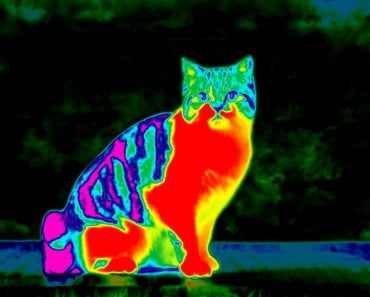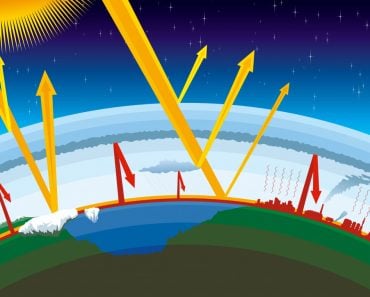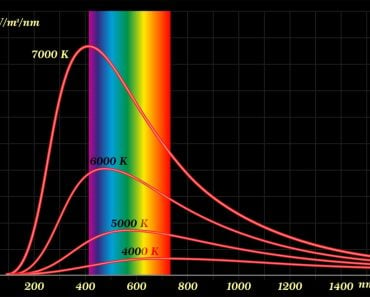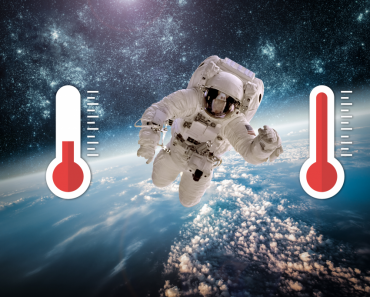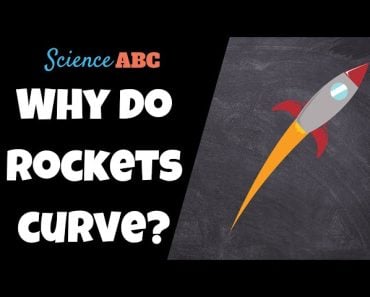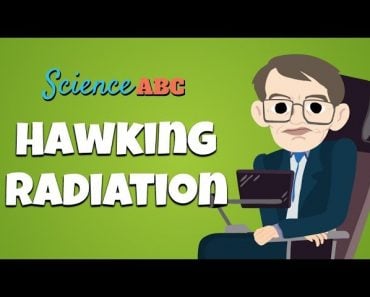Table of Contents (click to expand)
Heat is a form of energy, and it travels through radiation. Radiation is a form of energy that does not need a medium to travel, which is why heat can travel through a vacuum.
‘The outer space is a near-perfect vacuum; so, how does heat travel through space?’
A lot of people get befuddled by this question. In simple words, does heat need a medium to travel? If it does indeed, then how do sun’s ‘heat rays’ travel through the vacuum of space before reaching Earth?
The answer is quite simple: heat is a form of energy released from the sun and travels through radiation, which is why the sun feels hot.
Recommended Video for you:
What Is Heat?
This probably seems like a very dumb question to ask, but the concept of ‘heat’ is much more than ‘something that a thermometer measures’ if you really dig deeper. In everyday terminology, we say that something emits ‘heat’ when it feels hot to the touch, or we can say that air is being ‘heated up’ by the effects of global warming and so on. However, what is ‘heat’ at its most basic definition?

Heat is a form of energy. It is the energy that an object possesses by virtue of the movement of its constituent particles. These particles are continuously moving, hitting and bouncing off each other (solids allow minimal movement, while gases allow maximum movement of constituent particles). The faster these particles move and hit each other, the hotter the object in question becomes.
When you ‘heat’ something up using a burner (or any heat source), what you do is essentially raise the average kinetic energy of the substance’s particles, which in turn raises its overall temperature.
Also Read: What Is “Feels Like” Temperature And How Is It Measured?
Transfer Of Heat
Heat can be transferred in three different ways: conduction, convection and radiation.
In basic terms, conduction occurs when two bodies are in contact with each other. This is the most significant and common method of heat transfer and it occurs when rapidly moving or vibrating particles interact with particles of a neighboring object and transfer some of their energy to the latter.

On the other hand, convection occurs when a heated fluid (e.g., air, water etc.) moves away from the source of heat and comes in contact with other substances, transferring some of their energy in the process.
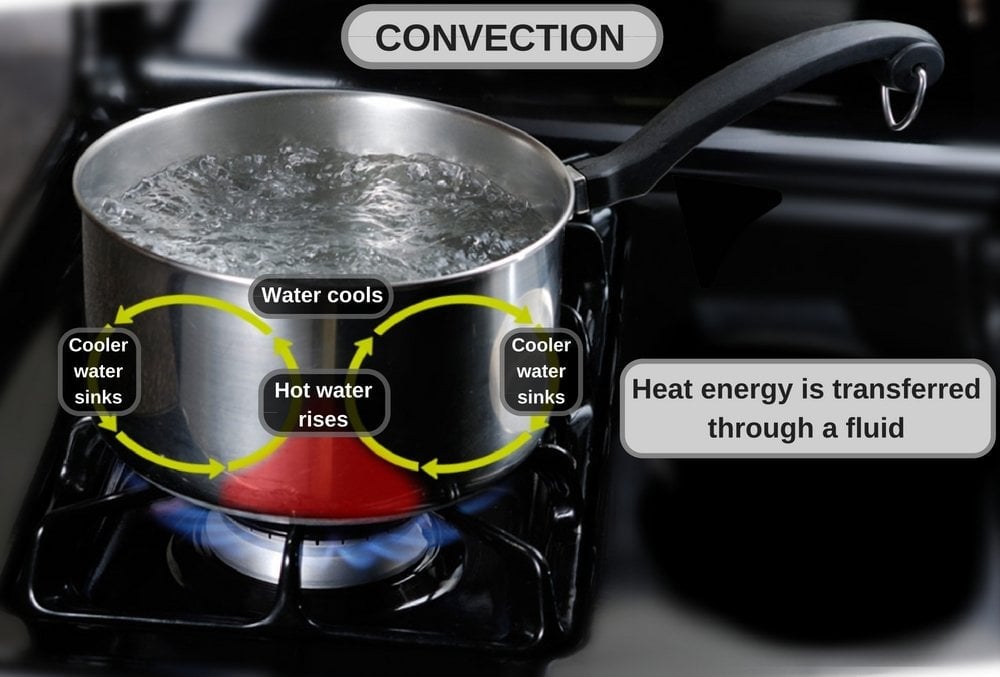
There are numerous examples of heat transfer through both conduction and convection, so it’s easy to mistakenly assume that these are the only two methods by which heat is transferred.
Also Read: How Does The Sun’s Warmth Reach The Earth? Why Can’t It Reach Us Through Cloud Cover?
Heat Transfer Through Radiation
The third method of transferring heat – the one responsible for heating the planet and everyone on it – is radiation. In space, there are hardly any particles (making it a near-perfect vacuum), but there is radiation, which gets converted into heat when it collides with an object. Radiation is responsible for heating not only Earth-bound objects, but also objects that are not (physically) adhered to our planet, such as the ISS, the moon and other celestial bodies.
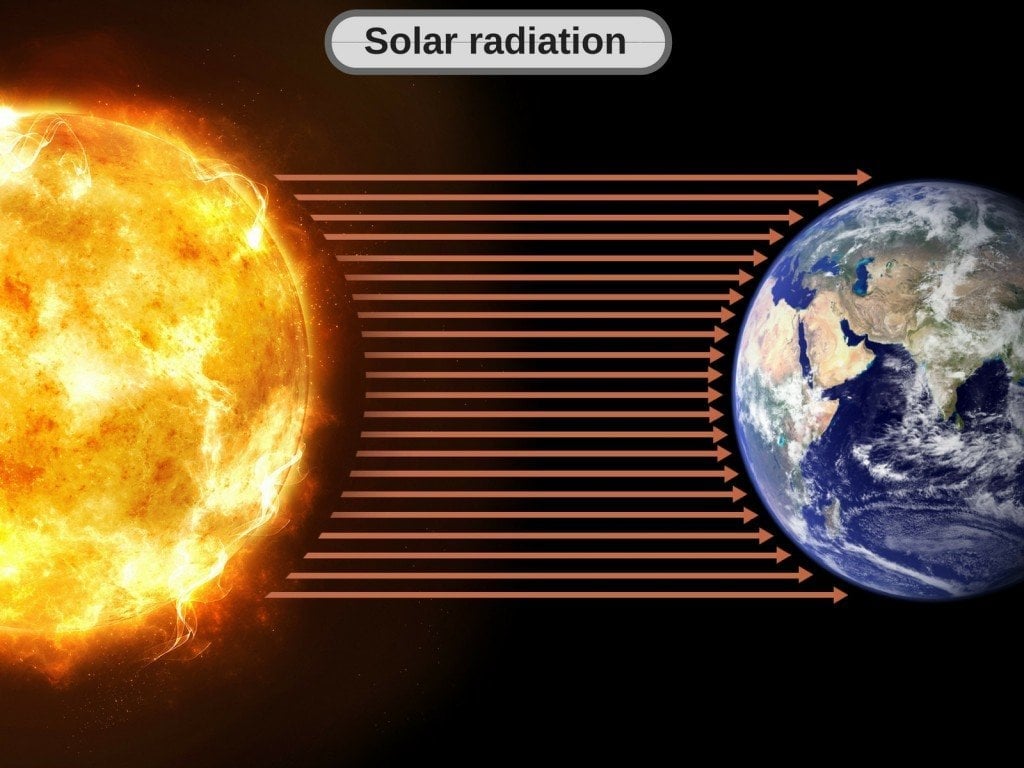
You see, the reason that the sun ‘burns’ all the time is that it plays host to nuclear fusion reactions of epic proportions. These reactions, quite predictably, release massive amounts of energy all the time, which is then released all around the sun into space via electromagnetic waves. The sun emits radiation at many wavelengths across the EM spectrum, including infrared, UV and X-rays (Source). It also emits EM waves in the visible range of the spectrum, which is the reason we can see the Sun in the first place!
Now, if you remember reading about electromagnetic waves/radiation in your high school physics class, then you might recall one singular truth about them…
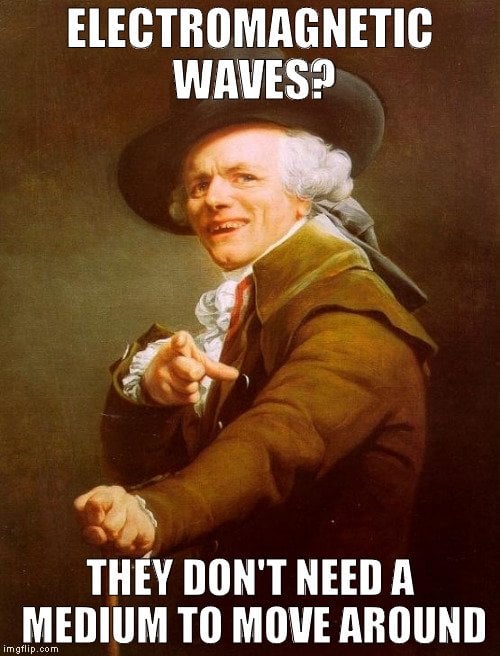
Precisely! EM waves don’t need a medium to propagate, meaning that they CAN travel through a vacuum. This is why see the sun and feel the ‘sunlight’ on our planet. The sun’s radiation consists of small, massless packets of energy called photons. They travel seamlessly through space; whenever they strike any object, the object absorbs photons and its energy is increased, which then heats it up.
So, these photons travel through a vacuum without any problem, but as soon as they collide with an object, like the Earth or other celestial bodies, they get absorbed and impart heat energy to the host object in the process.
In addition to that, our atmosphere does a very good job keeping the planet warm by trapping 50% of the sun’s heat energy that reaches the planet and preventing it from escaping back into space.

Next time someone asks you how heat can possibly travel through the vacuum of space, just remember that it’s not the ‘heat’ traveling through the vacuum, but rather the electromagnetic radiation, and which doesn’t need a medium to propagate!

